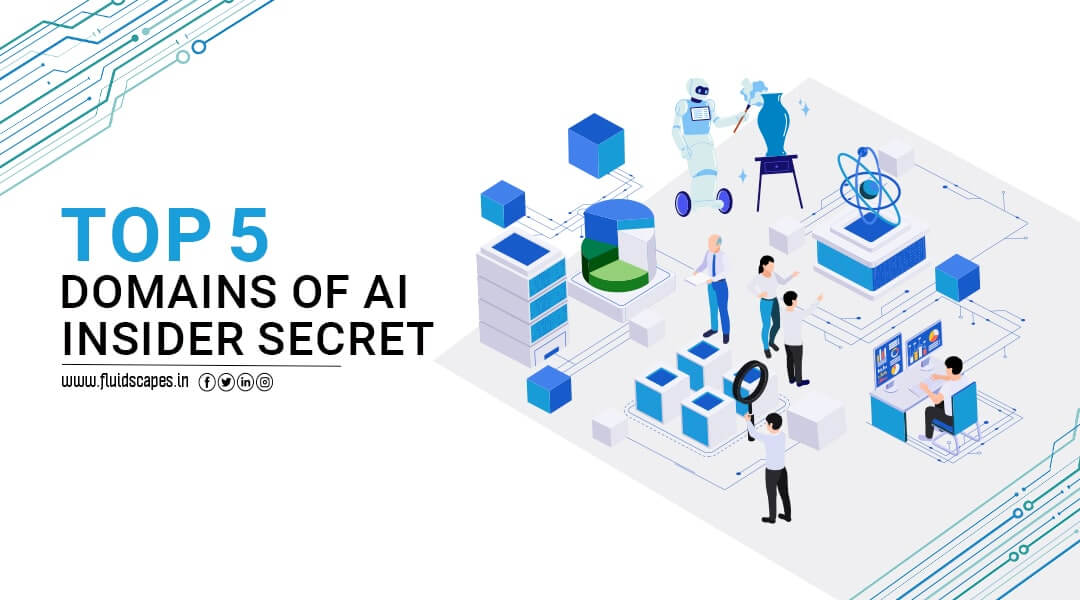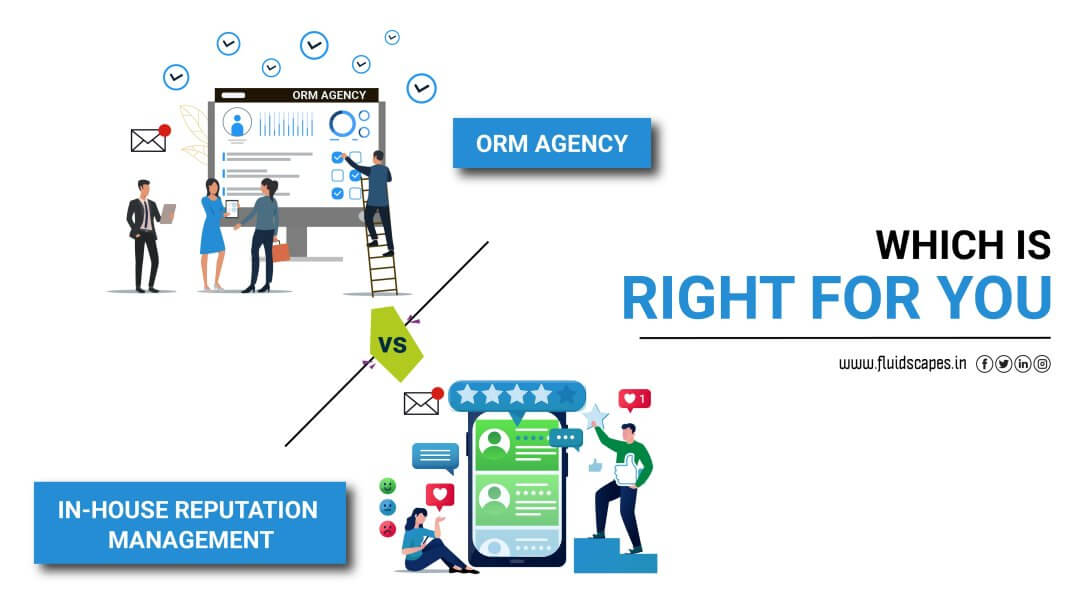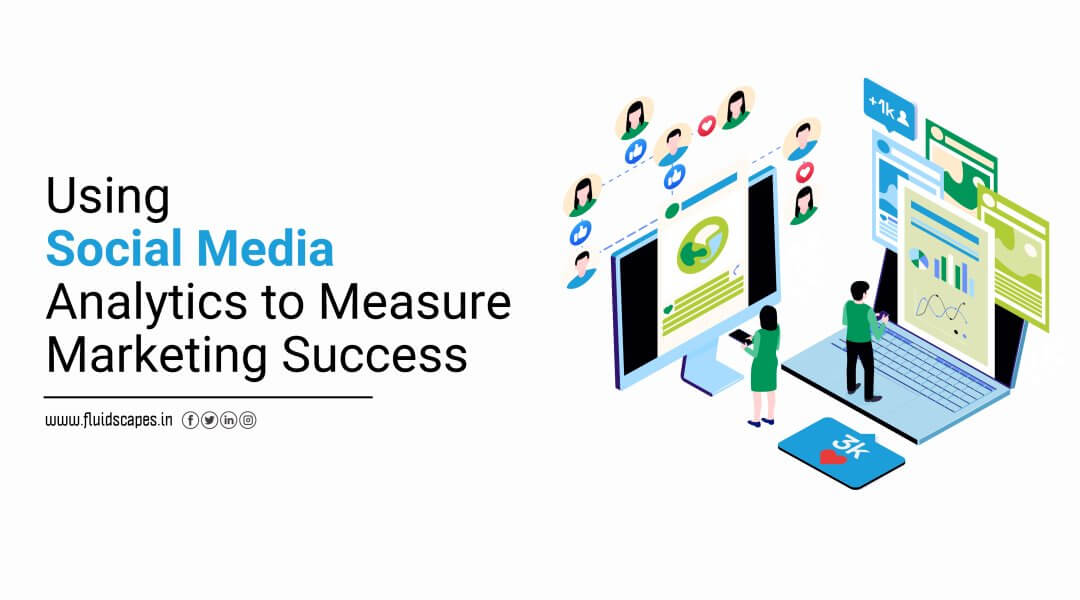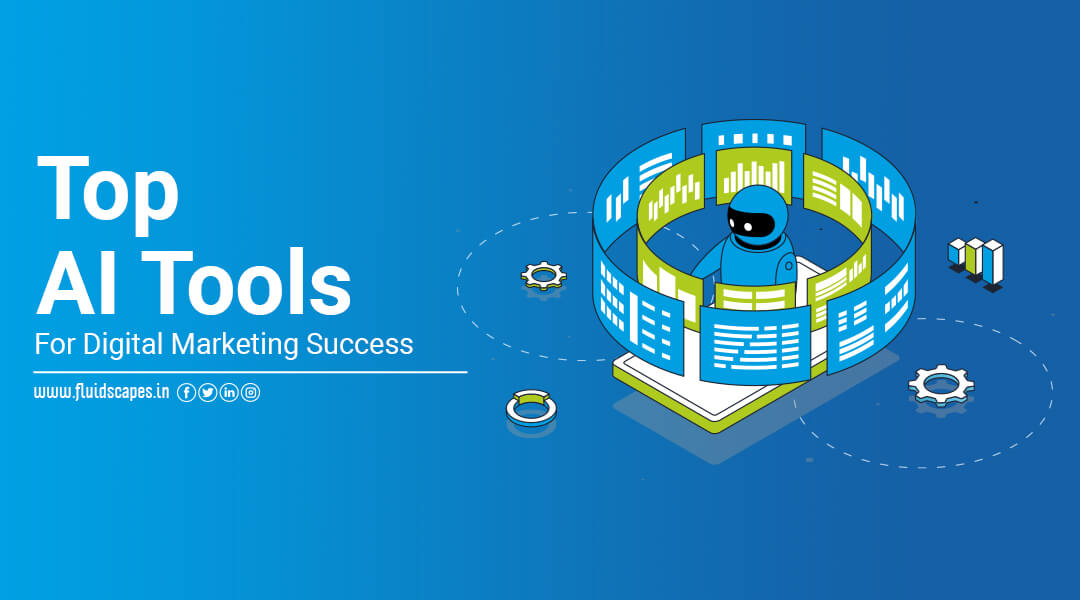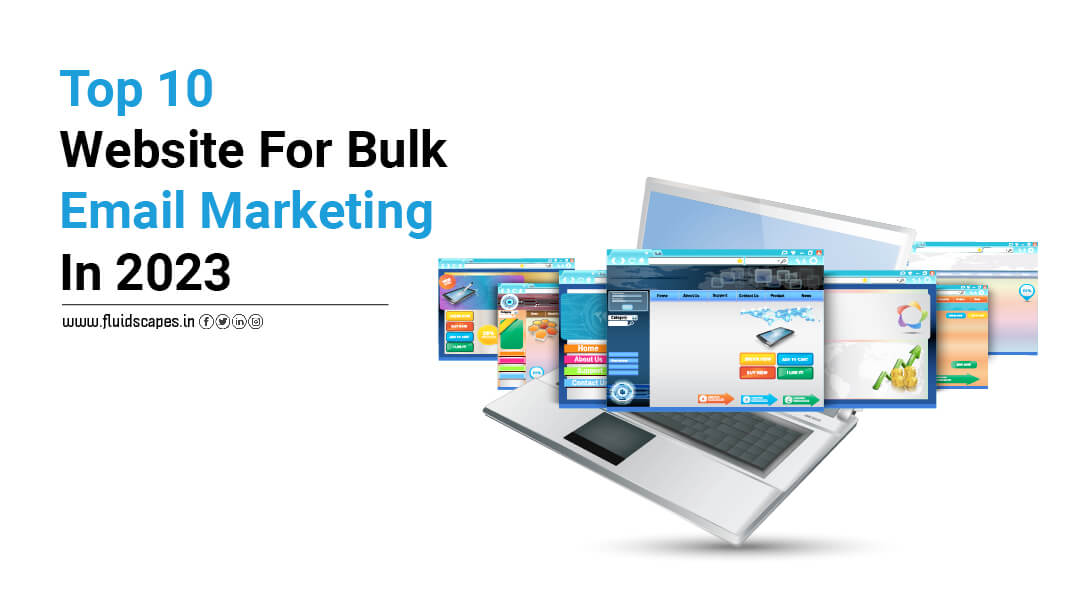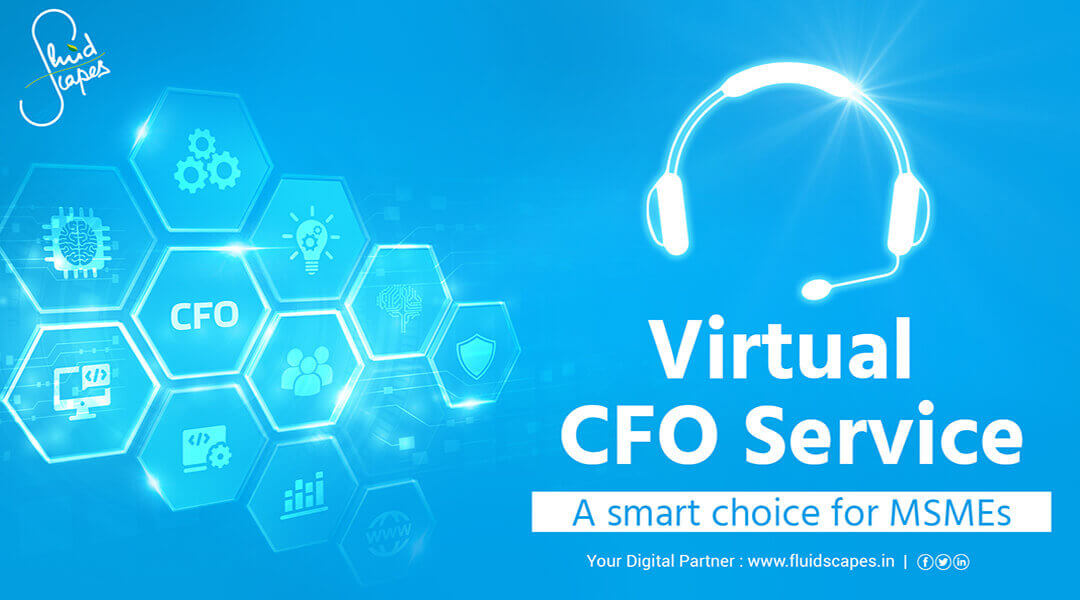
Virtual CFO service – a smart choice for the MSMEs
The golden era of MSME
The long economic shutdown due to COVID -19 has pushed us to an edge beyond which there is no road but a deep ravine. Now the question is that shall we stop there or try to overcome the barrier.
At this critical juncture, the Govt. of India rose to the occasion to reinforce our optimism and confidence with the INR 20 Lakh Crore Atma Nirbhar Bharat package. We needed a high dose of motivation, a booster of willpower to turn the tide. The Atma Nirbhar Bharat package has provided just that.
It’s the massive upheaval of the global economic order expected because of the pandemic, that has been sensed and utilised by the Govt. of India to formulate this array of reformative and incentivized measures to make the best of the situation.
MSMEs or the micro, small, and medium enterprises in the manufacturing and service sectors that account for a large part of the Indian economy have got a special focus. The post COVID period is expected to be the golden era of MSME in the country, as the government has opened all the level crossings for a speedy run of the MSME train.
Moreover, to provide assistance to all types of endeavours in the form of micro, small, and medium level entrepreneurship in the country, the government has redefined the scope and criteria of the term MSME and increased its canopy cover. See the new definition of MSME at the trailing end.
The age of Virtual services
As both the personal life and business are getting disrupted by the social distancing and home arrest, a new frontier has opened by the name of virtual services, thanks to the rapid development in digital technology in the recent days that came to our rescue in this trying time.
A virtual service is the same service (or even better) that used to be provided from a brick and mortar office earlier, now available remotely through an app. These apps have suddenly been the order of the day as people are finding them convenient, flexible, and comprehensive.
The conventional mindset and inertia are blown away by the storm of COVID and we are pushed into a new era in the journey of human development. Just as big an impediment the pandemic put before us to destroy our livelihood, our innovative brains came up with equally brilliant solutions to circumvent that. The age of virtual services has begun.
The advent of digital technology spurred the development of the virtual versions of a lot of services over the Internet which are just as effective and do away with the physical meetings between the client and the service providers. The virtual CFO is a good example of the same which offers a plethora of financial services on the cloud.
Virtual CFO and MSME
Virtual CFO takes care of the financial health of micro, small, and medium scale businesses, also known as MSMEs and allows them to concentrate on their main businesses. Let’s first understand the role of a CFO.
Good finance management is at the core of the growth of any professional body. From the phase of incorporation to the initial fledgeling stage and then to the advance stages of the business lifecycle, every decision the business takes affects its cash flow. And therefore, it is extremely important for the businesses to have a knowledgeable CFO on the management.
Thus the job of a CFO ( Chief Financial Officer ) is very challenging, which impacts the growth of a company through efficient handling of the financial aspects and accounting. The CFO is a part of the top management whose primary responsibility includes managing the financial risks, financial reporting and record-keeping.
A lot of micro and small businesses die at different stages, and many other companies do not see growth in spite of their high abilities – poor financial management being the root cause for both. While an in-house CFO can help these companies to navigate and become financially strong to withstand unforeseen blows, most of them cannot afford to appoint one.
A virtual CFO service addresses this problem of an MSME company effectively by providing the industry-specific financial and professional advice, analysis, and support to the management. By outsourcing all of its financial management responsibilities to a virtual CFO the company can focus on its core business.
A good virtual CFO service provider shall take care of the following services of a business such as:
- Accounting and book-keeping
- Cash flow forecasting and budgeting
- Financial statement preparation and records management
- Banking services
- Tax services
- Compliance
- Corporate governance
- Miscellaneous services
Let’s elaborate on the above services for a better understanding.
Accounting and book-keeping
For a business to run smoothly it is imperative to have a consulting lawyer at hand besides professionally managing the tax, accounting, and compliance requirements. While it is an option to have the in-house expertise to handle them, the other option (often appropriate for small and medium businesses) allows you to take the guidance of a Virtual CFO service to choose and conform with the correct corporate entity.
Your virtual CFO, with a long experience of work with small businesses, can tell you about the various financial indexes of your business and how to improve upon them in order to protect your bottom line.
Cash flow forecasting and budgeting
A better understanding of the cash position at a target period is key to take the right business decision. The cash flow forecasting by the virtual CFO informs you about how much extra fund will be required for a certain project and to make proper cash arrangements for timely execution.
Proper budgeting helps a company sail smoothly and sustain growth. Budgeting needs to be reviewed on a monthly or quarterly basis to be able to track the movement and make the necessary changes.
Financial statement preparation and records management
Financial statements are like health reports of various aspects of a business, which are referenced to make quick decisions by the management. They also help in getting loan or investments from outside.
After helping your small business to establish legally, the virtual CFO starts working to prepare sound financial statements and reports such as income statement, balance sheet, and cash flow statement.
The evaluation and preparation of the statements are conducted on a monthly, weekly, or even daily basis. By conducting these operations thoroughly your virtual CFO can weed out the issues that may harm your company in future.
Banking services
Any business has the peaks and the valleys in terms of sales and cash flow. But the convincing statements help the business get the loan from a bank even when there is a downturn. You can bank on your virtual CFO for the same.
Tax services
Small business owners are generally not aware that many of their daily decisions have direct or indirect impacts on their taxes. They often make the mistake of assuming that there won’t be taxes to be paid for a quarter or year in which they didn’t make any money.
Support from your virtual CFO can help grow your awareness in the matters relating to your current tax status and tax implications of your decisions. It is better to be aware and cautious in time rather than getting hit by the unexpected tax at the end of the year.
Compliance
This is one of the basic services provided by your virtual CFO, which enables your business to comply with the necessary requirements as per the latest provisions of Companies ACT, FEMA, Income Tax Act, IPR laws, Contract Act, etc
Corporate Governance
Your virtual CFO defines the correct corporate entity for your business and advises you about the rules and regulations to be followed. This helps build confidence of the shareholders, clients, and institutional investors.
Miscellaneous services
Your virtual CFO also offers miscellaneous financial services such as cost management, break-even analysis, debt planning, audit support, MIS reporting, Internal controls, etc.
The renewed definition and scopes of MSMEs
The full form of MSME is Micro, small, and medium enterprises. An enterprise may be engaged in manufacturing or providing services. Manufacturing enterprises can be any industrial undertaking, Business concern or other establishment engaged in manufacturing or producing of any goods according to industry specified in 1st schedule of IDR Act. A service enterprise can be any business that provides physical, offline or online service. Enterprises may be of any constitution, be it proprietorship, partnership, LLP or company etc.
In the recent announcement by the Finance Minister dated 01.06.20 while giving the breakups of the Atma Nirbhar Bharat package, the definition of the MSME has been changed.
The below tables provide the earlier criteria for the micro, small, and medium enterprises and also the new criteria to understand the government’s intention of encouraging and supporting a large range of entrepreneurship in the country.
Earlier Criteria for classification
| Nature of Industry | Type of Industry | Original Investment Value in Plant & Machinery or Equipment’s (for service sector) |
| Manufacturing | Micro | Up to 25 Lac |
| Small | From 25 Lac to 500 Lac | |
| Medium | From 500 lac to 1000 Lac | |
| Service | Micro | Up to 10 Lac |
| Small | From 10 Lac to 200 Lac | |
| Medium | From 200 Lac to 500 Lac |
New Criteria for Classification (Wef 01/07/2020)
| Nature of Industry | Type of Industry | Original Investment Value in Plant & Machinery or Equipment’s (for service sector) |
| Manufacturing or Service Sector | Micro | Investment Less than 1 Crore Turnover Less than 5 Crore |
| Small | Investment Less than 10 Crore Turnover Less than 50 Crore |
|
| Medium | Investment Less than 50 Crore Turnover Less than 250 Crore |
It is interesting to note that the criteria for manufacturing and service have merged together to keep it simpler. Also, the investment ranges have been increased to accommodate much more number of businesses under the Atma Nirbhar Bharat package.
In the calculation of the original value of plant & machinery, cost of the equipment such as tools, jigs, dies, etc. must be excluded. Other costs like Power generation set and its Installation cost, Bank charges, Gas Producing Plants, Charges paid to acquire technical know-how, Storage tanks, Firefighting Equipment are also required to be excluded while calculation of the original cost of plant & machinery. For the imported machinery various expenses incurred on import such as import duty, shipping, customs clearance, etc. must be added back.
ORM, Virtual Financial Services, ATL/BTL Marketing, Project Management, Brand Management, SEO, Web & App Development and much more.
*Your details are safe with us. We do not share or spam our valuable visitors*
Interested to find out how we could help you? Drop in your email and number and we’ll get right back!
The below box contains 38 types of industries the MSMEs are permitted to be engaged in
1. METALLURGICAL INDUSTRIES: A. Ferrous: (1) Iron and steel (Metal). (2) Ferro-alloys. (3) Iron and Steel castings and forgings. (4) Iron and Steel structurals. (5) Iron and Steel pipes. (6) Special steels (7) Other products of iron and steel. B. Non-ferrous: 2 [(1) Precious metals, including gold and silver, and their alloys;
(1A) Other non-ferrous metals and their alloys.] (2) Semi-manufactures and manufactures.
2. FUELS: (1) Coal, lignite, coke and their derivatives. (2) Mineral oil (crude oil), motor and aviation spirit, diesel oil, kerosene oil, fuel oil, diverse hydrocarbon oils and their blends including synthetic fuels, lubricating oils and the like. (3) Fuel gases—(coal gas, natural gas and the like).
3. BOILERS AND STEAM GENERATING PLANTS: Boilers and steam generating plants.
4. PRIME MOVERS (OTHER THAN ELECTRICAL GENERATORS): (1) Steam engines and turbines. (2) Internal combustion engines.
5. ELECTRICAL EQUIPMENT: (1) Equipment for generation, transmission and distribution of electricity including transformers. (2) Electrical motors. (3) Electrical fans. (4) Electrical lamps. (5) Electrical furnaces. (6) Electrical cables and wires. (7) X-ray equipment. (8) Electronic equipment. (9) Household appliances such as electric irons, heaters and the like. (10) Storage batteries. (11) Dry cells.
6. TELECOMMUNICATIONS: (1) Telephones. (2) Telegraph equipment. (3) Wireless communication apparatus. (4) Radio receivers, including amplifying and public address equipment. (5) Television sets. (6) Teleprinters.
7. TRANSPORTATION: (1) Aircraft. (2) Ships and other vessels drawn by power. (3) Railway locomotives. (4) Railway rolling stock. (5) Automobiles (motor cars, buses, trucks, motorcycles, scooters and the like). (6) Bicycles. (7) Others, such as forklift trucks and the like.
8. INDUSTRIAL MACHINERY: A. Major items of specialised equipment used in specific industries:— (1) Textile machinery (such as spinning frames, carding machines, power looms and the like) including textile accessories. (2) Jute machinery. (3) Rayon machinery. (4) Sugar machinery. (5) Tea machinery. (6) Mining machinery. (7) Metallurgical machinery. (8) Cement machinery. (9) Chemical machinery. (10) Pharmaceuticals machinery. (11) Paper machinery. B. General items of machinery used in several industries, such as the equipment required for various ‘unit processes’: (1) Size reduction equipment—crushers, ball mills and the like. (2) Conveying equipment—bucket elevators, skip hoist, cranes, derricks and the like. (3) Size separation units—screens, classifiers and the like. 32 (4) Mixers and reactors—kneading mills, turbo mixers and the like. (5) Filtration equipment—filter presses, rotary filters and the like. (6) Centrifugal machines. (7) Evaporators. (8) Distillation equipment. (9) Crystallisers. (10) Driers. (11) Power driven pumps—reciprocating, centrifugal and the like. (12) Air and gas compressors and vacuum pipes (excluding electrical furnaces). (13) Refrigeration plants for industrial use. (14) Fire-fighting equipment and appliances including fire engines. C. Other items of Industrial Machinery: (1) Ball, roller and tapered bearings. (2) Speed reduction units. (3) Grinding wheels and abrasives.
9. MACHINE TOOLS: Machine Tools.
10. AGRICULTURAL MACHINERY: (1) Tractors, harvesters and the like. (2) Agricultural implements.
11. EARTH-MOVING MACHINERY: Bulldozers, dumpers, scrapers, loaders, shovels, drag lines, bucket wheel excavators, road rollers and the like.
12. MISCELLANEOUS MECHANICAL AND ENGINEERING INDUSTRIES: (1) Plastic moulded goods. (2) Hand tools, small tools and the like. (3) Razor blades. 1 [(4) Pressure Cookers. (5) Cutlery. (6) Steel furniture.]
13. COMMERCIAL, OFFICE AND HOUSEHOLD EQUIPMENT: (1) Typewriters. (2) Calculating machines. (3) Air conditioners and refrigerators. (4) Vacuum cleaners. (5) Sewing and knitting machines. (6) Hurricane lanterns.
14. MEDICAL AND SURGICAL APPLIANCES: Surgical instruments—sterilisers, incubators and the like.
15. INDUSTRIAL INSTRUMENTS: (1) Water meters, steam meters, electricity meters and the like. (2) Indicating, recording and regulating devices for pressure, temperature, rate of flow, weights, levels and the like. (3) Weighing machines.
16. SCIENTIFIC INSTRUMENTS: Scientific instruments.
17. MATHEMATICAL, SURVEYING AND DRAWING INSTRUMENTS: Mathematical, surveying and drawing instruments.
18. FERTILISERS: (1) Inorganic fertilisers. (2) Organic fertilisers. (3) Mixed fertilisers.
19. CHEMICALS (OTHER THAN FERTILISERS): (1) Inorganic heavy chemicals. (2) Organic heavy chemicals. (3) Fine chemicals including photographic chemicals. (4) Synthetic resins and plastics. (5) Paints, varnishes and enamels. (6) Synthetic rubbers. (7) Man-made fibers including regenerated cellulose-rayon, nylon and the like. (8) Coke oven by-products. (9) Coal tar distillation products like naphthalene, anthracene and the like. (10) Explosives including gunpowder and safety fuses. (11) Insecticides, fungicides, weedicides and the like. (12) Textile auxiliaries. (13) Sizing materials including starch. (14) Miscellaneous chemicals.
20. PHOTOGRAPHIC RAW FILM AND PAPER: (1) Cinema film. (2) Photographic amateur film. (3) Photographic printing paper.
21. DYE-STUFFS: Dye-stuffs.
22. DRUGS AND PHARMACEUTICALS: Drugs and Pharmaceuticals.
23. TEXTILES (INCLUDING THOSE DYED, PRINTED OR OTHERWISE PROCESSED): (1) Made wholly or in part of cotton, including cotton yarn, hosiery and rope, (2) Made wholly or in part of jute, including jute twine and rope. (3) Made wholly or in part of wool, including wool tops, woollen yarn, hosiery, carpets and druggets; (4) Made wholly or in part of silk, including silk yarn and hosiery; (5) Made wholly or in part of synthetic, artificial (man-made) fibres, including yarn and hosiery of such fibres.
24. PAPER AND PULP INCLUDING PAPER PRODUCTS: (1) Paper—writing, printing and wrapping. (2) Newsprint. (3) Paper board and strawboard. (4) Paper for packaging (corrugated paper, Kraft paper), bags, paper containers and the like. (5) Pulpwood pulp, mechanical, chemical, including dissolving pulp.
25. SUGAR: Sugar.
26. FERMENTATION INDUSTRIES (OTHER THAN POTABLE ALCOHOL):] (1) Alcohol. (2) Other products of fermentation industries
27. FOOD PROCESSING INDUSTRIES: (1) Canned fruits and fruit products. (2) Milk foods. (3) Malted foods. (4) Flour. (5) Other processed foods.
28. VEGETABLE OILS AND VANASPATI: (1) Vegetable oils, including solvent extracted oils. (2) Vanaspati.
29. SOAPS, COSMETICS AND TOILET PREPARATIONS: (1) Soaps. (2) Glycerine. (3) Cosmetics. (4) Perfumery (5) Toilet preparations.
30. RUBBER GOODS: (1) Tyres and tubes. (2) Surgical and medicinal products including prophylactics. (3) Footwear. (4) Other rubber goods.
31. LEATHER, LEATHER GOODS AND PICKERS: Leather, leather goods and pickers.
32. GLUE AND GELATIN: Glue and gelatin.
33. GLASS: (1) Hollowware. (2) Sheet and plate glass. (3) Optical glass. (4) Glass wool. (5) Laboratory ware. (6) Miscellaneous ware.
34. CERAMICS: (1) Fire bricks. (2) Refractories. (3) Furnace lining bricks—acidic, basic and neutral. (4) Chinaware and pottery. (5) Sanitary ware. (6) Insulators. (7) Tiles. 1 [8) Graphite Crucibles.]
35. CEMENT AND GYPSUM PRODUCTS: (1) Portland cement. (2) Asbestos cement. (3) Insulating boards. (4) Gypsum boards, wallboards and the like.
36. TIMBER PRODUCTS: (1) Plywood. (2) Hardboard, including fiber-board, chip-board and the like. (3) Matches. (4) Miscellaneous (furniture components, bobbins, shutters and the like).
37. DEFENCE INDUSTRIES: Arms and ammunition.
38. MISCELLANEOUS INDUSTRIES: 2 [(1)] Cigarettes. 3 [(2) Linoleum, whether felt based or jute based. (3) Zip fasteners (metallic and non-metallic). (4) Oil Stoves. (5) Printing, including litho printing industry.]
Ref: https://taxguru.in/corporate-law/micro-small-medium-enterprises-detailed-study.html
POPULAR BLOGS



